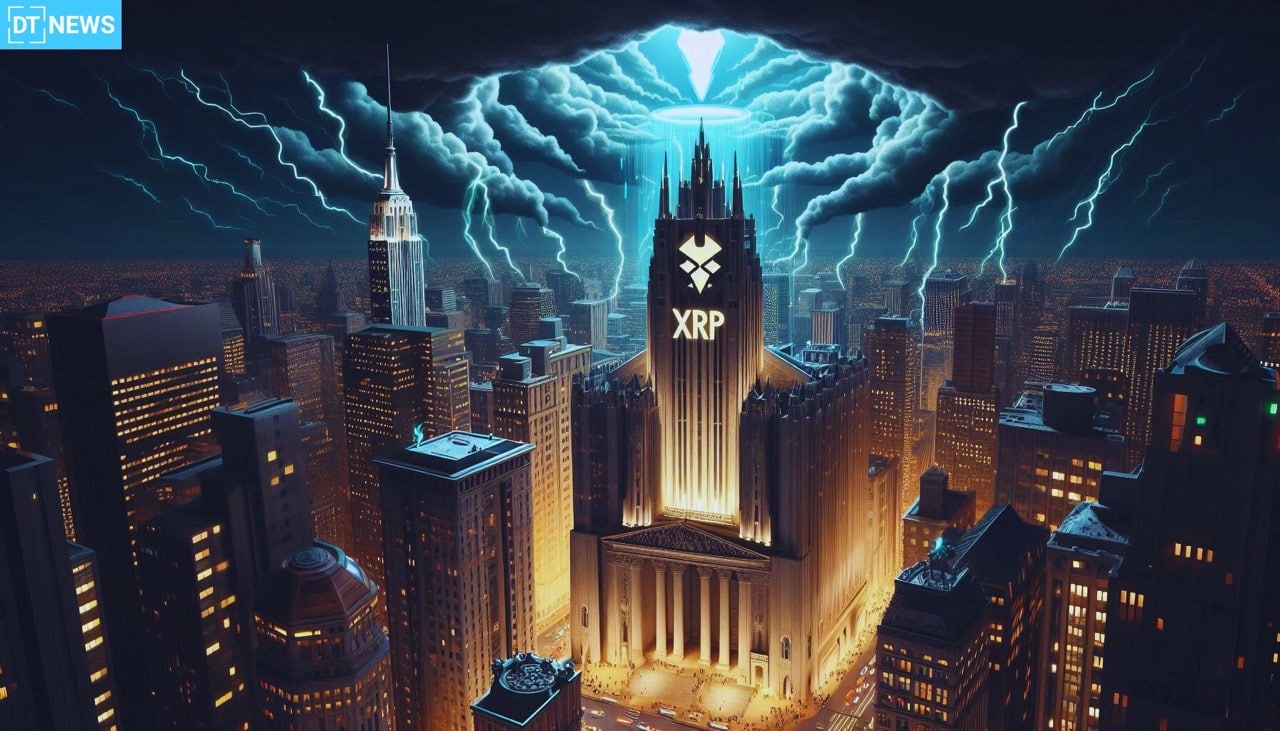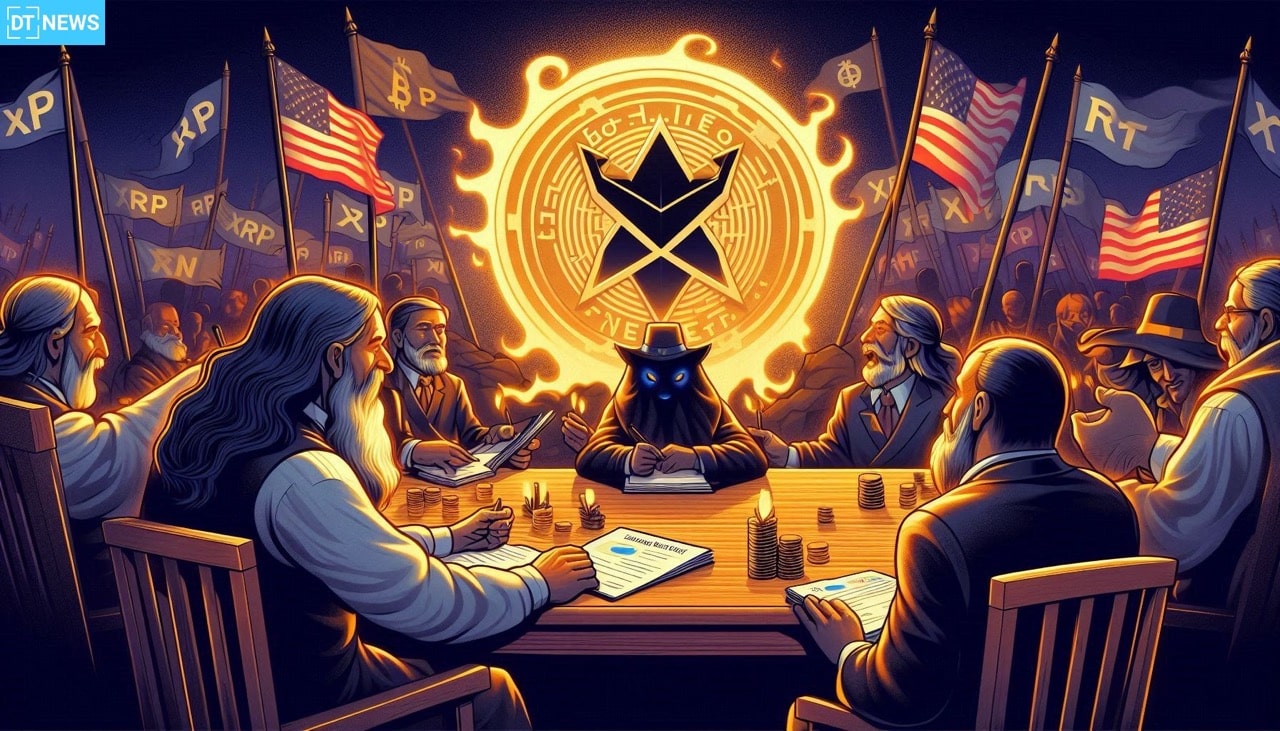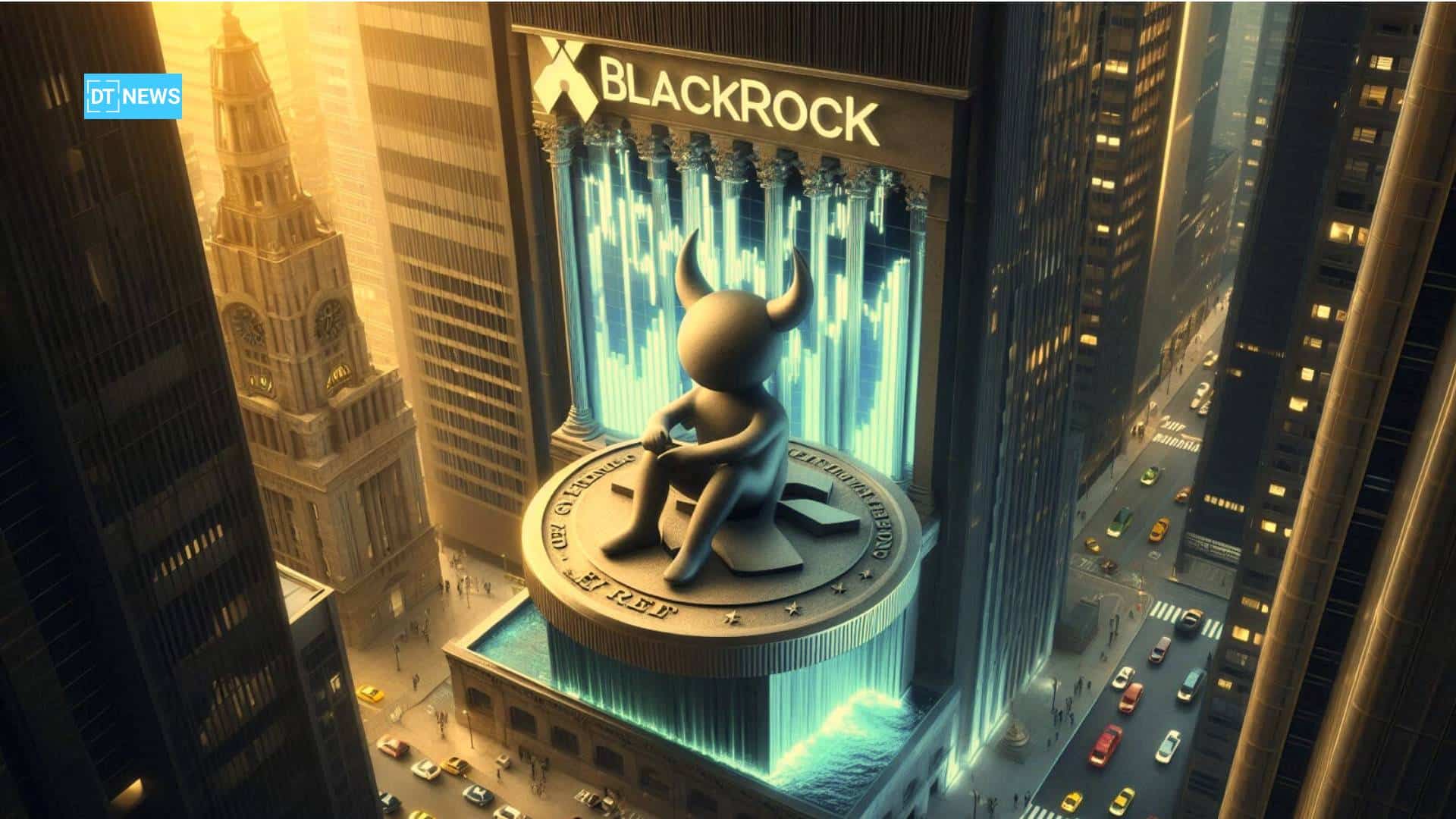Despite XRP’s growing popularity and the crypto community’s calls for an XRP ETF, BlackRock has not filed for one. This is in contrast to their Bitcoin and Ethereum ETFs which have seen billions in inflows. While speculation abounds; BlackRock’s restraint speaks volumes about their approach to risk, regulation and timing in the crypto space.
- Regulatory Fog Still Surrounds XRP
- Futures Market for XRP Is Still in Infancy
- Liquidity and Infrastructure Not Institutional Grade
- Strategic Focus: Bitcoin and Ethereum First
- Waiting on the SEC’s Response to Rival Filings
- Timing the Market or Timing the Regulator?
- Conclusion: XRP’s Institutional Future Still a “Wait and Watch”
- FAQs
- Why hasn’t BlackRock filed for an XRP ETF yet?
- What regulatory issues affect XRP ETF approval?
- Are there XRP futures now?
- Could other firms launch XRP ETFs first?
- Is BlackRock still interested in crypto?
- Glossary
The world’s largest asset manager, with $11.6 trillion in assets under management as of Q1 2025, is playing the long game. And for now, XRP doesn’t quite make the cut. The delay isn’t really about disinterest, it’s about readiness.
Regulatory Fog Still Surrounds XRP
The single biggest reason an XRP ETF hasn’t been filed is the lack of regulatory clarity. Following the regulatory tussle between the SEC and Ripple as regards XRP being a security and the lingering legal proceedings, that ambiguity creates legal risk, something BlackRock avoids. Although Judge Annalisa Torres in 2023 ruled that XRP isn’t a security, certain clarity issues still make the cloud over XRP a little foggy.
According to crypto analysts, the SEC’s approval of Ethereum ETFs doesn’t necessarily extend to assets like XRP, which are in regulatory grey areas. Until US regulators draw a clear line for XRP and other altcoins, any ETF proposal will face delays or rejections.
Congressional legislation like the proposed Financial Innovation and Technology for the 21st Century Act and the Clarity for Payment Stablecoins Act could define how crypto assets are regulated. However, both bills seem stuck and no guarantee of passage in 2025.

Futures Market for XRP Is Still in Infancy
Another key consideration for BlackRock is the development of a mature derivatives market, which is essential for institutions managing large XRP ETF products. The launch of CME Group’s XRP futures on May 19, 2025 was a big step forward. The debut day saw $19 million in volume, respectable but modest compared to Ethereum’s or Bitcoin’s daily derivatives volume which is in the billions.
This is a foundational move for XRP but for large firms like BlackRock, one day of volume doesn’t demonstrate the consistent liquidity required for ETFs. CME futures allow institutions to hedge and price risk. Without a history of sustained trading volume, it’s unlikely the SEC would approve an XRP ETF as liquidity and risk management frameworks are key to such approvals.
Liquidity and Infrastructure Not Institutional Grade
Even outside of derivatives, XRP’s spot market liquidity is behind Bitcoin and Ethereum. ETF providers need assets with deep and stable liquidity to handle redemptions and creations without slippage or price disruption. While XRP has improved its market depth on exchanges like Binance, Coinbase and Kraken, the infrastructure for billions in inflows and outflows is not yet developed.
Liquidity is the lifeblood of any ETF, experts say; without it, even a well-structured ETF can collapse under the weight of investor demand.
According to CoinMarketCap, XRP’s 24-hour trading volume as of mid-May was around $2 billion. For comparison, Bitcoin’s daily volume is over $25 billion and Ethereum’s is $10-15 billion. That’s a big difference when it comes to ETF scalability.
Strategic Focus: Bitcoin and Ethereum First
BlackRock is clearly focused on its Bitcoin and Ethereum ETFs, both of which launched to great fanfare and early success. The iShares Bitcoin Trust (IBIT) and the pending iShares Ethereum Trust are a calculated bet on the two most established digital assets. With demand still strong and more institutions to come, BlackRock is perfecting its current offerings rather than diversifying too soon.
A source close to the company told FOX Business there’s “no need to rush a product if the timing and infrastructure aren’t right.” That applies to XRP, which may be growing in popularity but seemingly lacks the institutional sheen of Bitcoin and Ethereum.
Waiting on the SEC’s Response to Rival Filings
While BlackRock is silent on XRP, others are testing the waters. Notably, asset managers like Grayscale and VanEck are exploring Solana and XRP funds. These filings will be a barometer for regulatory readiness.
Grayscale’s legal win against the SEC in 2023 set a standard for challenging ETF rejections, but it’s still unclear if that applies to altcoins. For BlackRock, the smart move may be to observe how the SEC handles these early XRP and Solana applications before committing resources to an untested product.
The SEC’s tone on altcoin ETFs will likely set the pace for industry expansion beyond Bitcoin and Ethereum.

Timing the Market or Timing the Regulator?
Ultimately, BlackRock’s decision not to file an XRP ETF yet reflects its disciplined approach to product development. The company is not just measuring market interest but also regulatory timing. If an XRP ETF were filed and denied, it could create reputational damage and chill broader ETF adoption across the company’s digital asset division.
Additionally, BlackRock’s top brass, including CEO Larry Fink, have said they take a long view on crypto, through tokenization and blockchain infrastructure rather than jumping into every new asset class.
XRP fans are pushing for institutional support, but BlackRock won’t move until liquidity improves, derivatives settle and Washington gets clearer rules.
Conclusion: XRP’s Institutional Future Still a “Wait and Watch”
XRP ETF legitimacy is moving, but not complete. While the token is gaining traction, CME futures, court wins, community support, the regulatory status, and institutional infrastructure is not yet robust enough for this large asset manager to take the plunge.
For now, BlackRock is watching, not acting. The signals are clear: cautious wins over speculative enthusiasm. But in the fast moving world of crypto finance, that could change fast once regulation and markets mature.
FAQs
Why hasn’t BlackRock filed for an XRP ETF yet?
BlackRock is waiting for clearer regulatory guidance from the SEC; and more maturity in XRP’s derivatives and liquidity.
What regulatory issues affect XRP ETF approval?
The SEC has not definitively classified XRP as a commodity or security across all transactions, creating uncertainty for issuers.
Are there XRP futures now?
Yes; CME Group launched XRP futures on May 19, 2025, with low volume.
Could other firms launch XRP ETFs first?
Yes; companies like Grayscale and VanEck are interested in altcoin ETFs, including XRP and Solana.
Is BlackRock still interested in crypto?
BlackRock is working on Bitcoin and Ethereum ETFs and is exploring broader crypto exposure cautiously.
Glossary
ETF (Exchange-Traded Fund): type of investment fund traded on stock exchanges; holding assets such as stocks, commodities or cryptocurrencies.
Liquidity: ability to buy or sell an asset quickly without causing significant price movement.
CME Futures: Futures contracts offered by the Chicago Mercantile Exchange; allowing traders to speculate on the future price of an asset.
Regulatory Clarity: Defined legal guidelines that outline how crypto assets are treated by financial authorities like the SEC.



















































































































